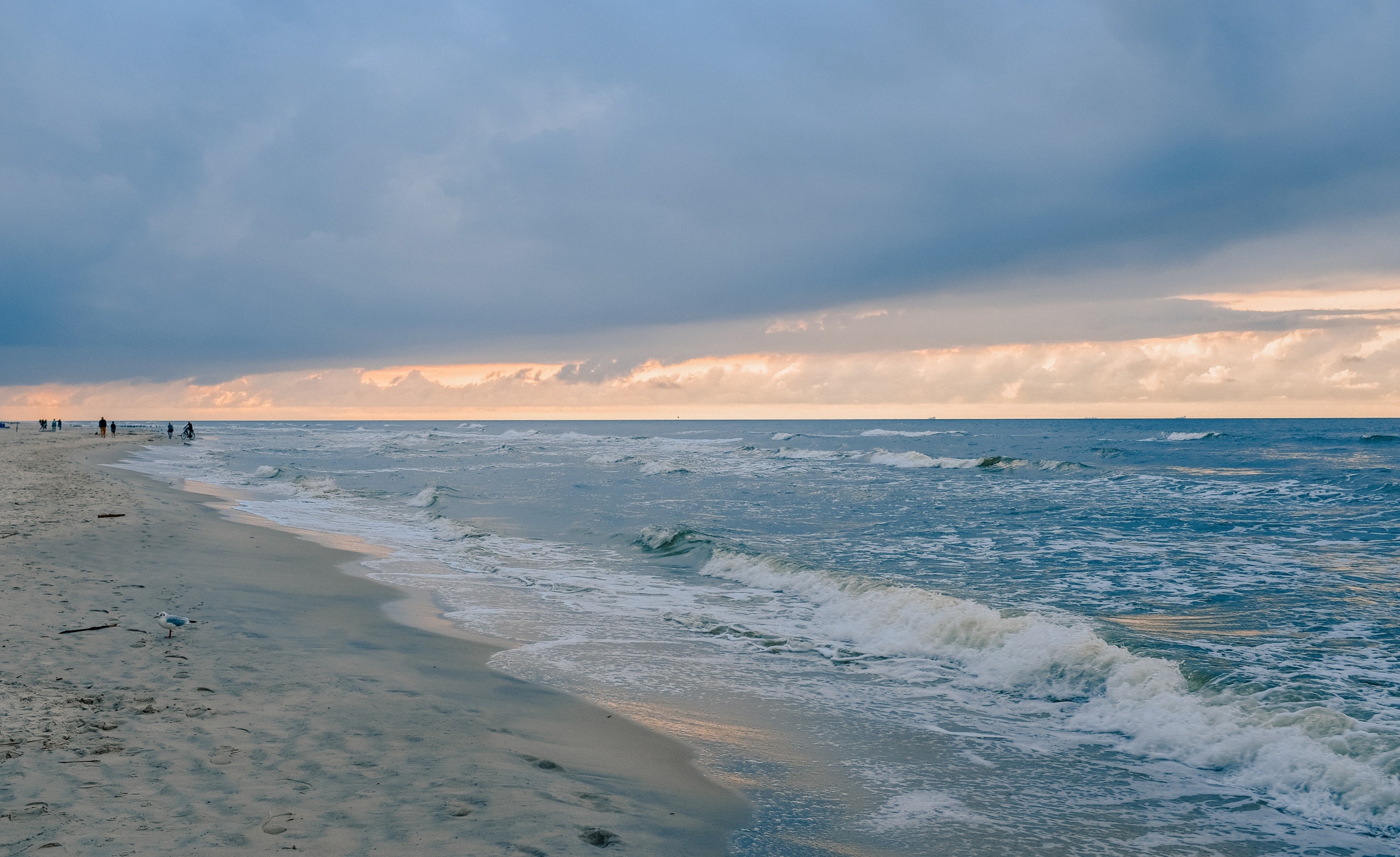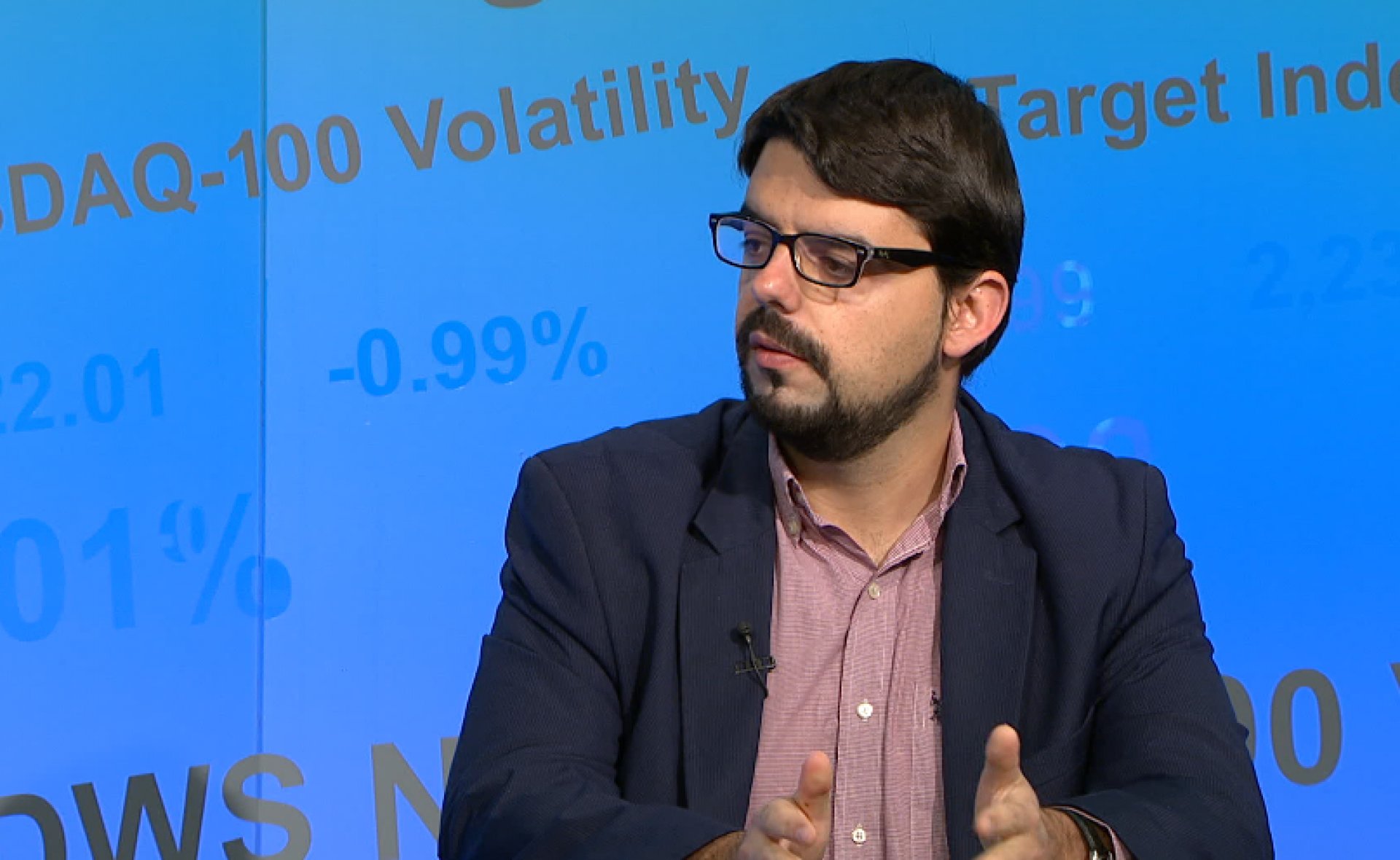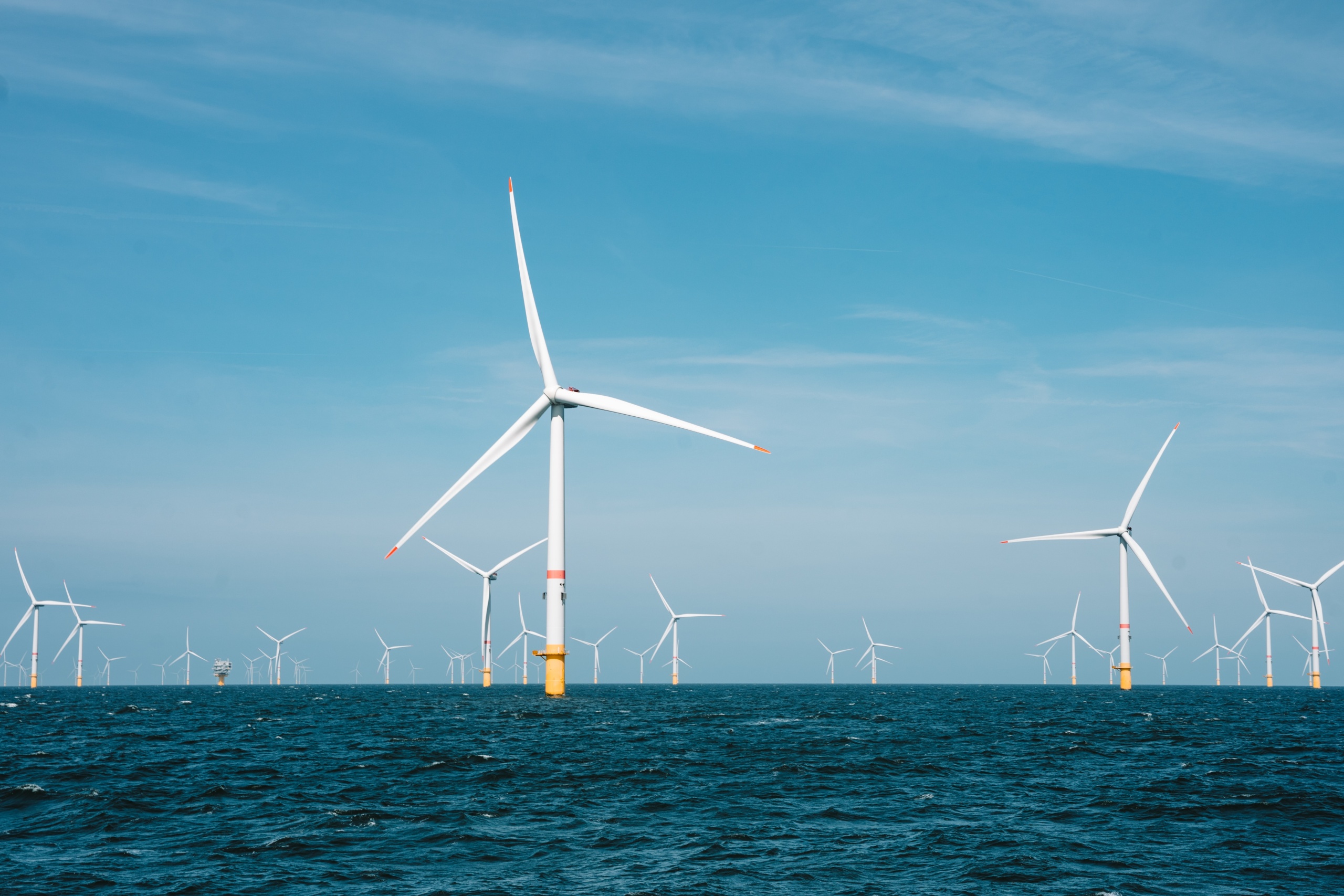EUKI Interview: Potentials and Barriers of Offshore Wind Energy
by Sina Goeschen and Pia Ahmed, GIZ / EUKI
Martin Vladimirov is the Director of the Energy and Climate Program at the Center for the Study of Democracy. He works in the field of energy security in Europe & the Balkans and has specialised in the potential of offshore wind energy parks in the Baltic Sea region in the last years. We talked to him about potentials and barriers of the renewable energy source and how his EUKI project “BLUECEE” is progressing so far.

The target countries of your BLUECEE project – Bulgaria, Croatia, Poland and Romania – have two things in common: they have sea access and are facing the challenge to replace a high share of coal in their energy mix (ranging from 30% to 71%). What are the exit options?
Countries heavily reliant on coal, as their centralised conventional carbon-intensive energy source, face an urgent need to transform their energy systems and make capital-intensive investments in new infrastructure. The window of time to achieve this radical change is narrow due to the increasingly unprofitable nature of coal-based power generation, as CO2 allowance prices continue to rise, and energy commodity prices return to pre-war levels.
Unlocking the offshore wind energy potential in the countries of Central and Eastern Europe is critical to achieving medium-term energy transition objectives in line with European policy priorities. Offshore wind power has the potential to improve energy security by enhancing the balancing capacity of the electricity system, particularly during off-peak hours, and reducing reliance on baseload generation with a higher emission factor.

Your project BLUECEE strives to unlock the offshore energy potential in the “Black-Adriatic-Baltic Sea”. Which role can offshore energy play in the four target countries?
The offshore energy potential in the Black, Adriatic, and Baltic seas can play a significant role in the four target countries of BLUECEE. Unlocking this potential is crucial in achieving the EU’s energy and climate security targets and can position these countries on the global marine renewable energy market. The offshore wind segment is projected to be the fastest growing of all renewable energy technologies, and Europe has already installed 30 GW of offshore wind power capacity, providing employment to 77,000 people, and contributing €7.5 billion to the European GDP (2019 data). The EU Strategy on Offshore Renewable Energy, a key component of the European Green Deal, demonstrates a strong commitment to developing the European marine energy sector in support of climate neutrality. However, to meet its offshore energy and climate targets by the end of the decade, Europe needs to tap all its sea basins by 2026, as warned by the wind industry
What are the main barriers to building offshore energy plants?
The deployment rates and scalability of offshore wind energy depend on various factors, including government policies, a clear regulatory framework for investment support, and complexity management. Grid connection bottlenecks and supply chain issues are also important considerations.
To ensure the success of offshore wind energy investments, legal and regulatory certainty is crucial. This is particularly true in emerging markets, such as Central and Eastern Europe, where a well-designed and functioning institutional setup is fundamental. Environmental issues are another significant obstacle to building offshore energy plants. Thorough environmental impact assessments must be conducted, and installations should be designed and developed using an environmentally friendly approach that minimizes the impact on the marine ecosystem.
Overall, addressing these barriers will require collaboration and coordination among government agencies, industry stakeholders, environmental organizations, grid operators, academia and the public to ensure that offshore energy plants are built in a responsible and sustainable manner.

Offshore energy plants can potentially harm vulnerable marine ecosystems. How are you coping with concerns of coastal communities?
To address concerns of coastal communities regarding the potential harm to vulnerable marine ecosystems, education and dissemination of accurate, evidence-based information is crucial. It is important to acknowledge that there are existing myths and misconceptions surrounding offshore energy plants.
To combat these myths, reliable data and trustful collaboration among stakeholders are necessary. Communication campaigns that emphasize the positive impact of offshore wind energy on the environment and the economy can be effective. In addition, developers should prioritize the use of environmentally friendly designs and technologies that minimize the impact on marine ecosystems. Thorough environmental impact assessments should be conducted, and measures to mitigate potential risks should be implemented. These efforts can help to build trust and support from coastal communities and ensure that offshore energy plants are built in a responsible and sustainable manner.
One goal of your project is to establish a coalition of policy makers, businesses and citizens who promote offshore wind energy in the “Black-Adriatic-Baltic Sea”. What are you expecting from it?
The Black Sea Renewable Energy Coalition (BSREC) will be an informal networking structure, whose aim is to align conflicting interests of project developers, environmental organizations, tourism industry, grid operators and other affected economic actors related to the development of the offshore energy industry in the Black Sea region. The Coalitions replicates and extends the successful experience of the European Offshore Coalition for Energy and Nature (OCEAN) moderated by Renewables Grid Initiative. Stakeholders from these sectors will be invited to join the Coalition as members and collaborators in its working groups. During the implementation of this project, the discussions of the working groups will be accompanied by members of the OCEaN or RGI secretariat to ensure best practices transfer from more advanced offshore energy markets to the new coalition. In this way, the replication and extension of the OCEaN model to European emerging markets will be enabled.
What motivated you personally to start a project on marine renewable energy?
For the last four years CSD has been working intensively to unlock the potential of marine renewable energy in the Black Sea region. I am just fascinated by the potential economic benefits and opportunities for coping with climate change those marine technologies offer. Additionally, the need for interdisciplinary knowledge and expertise to address the complexity of marine renewable energy is another motivating factor. I am also keen to explore the sheer scale and innovation capabilities of the sector.
Thank you very much for the interview, Martin.

